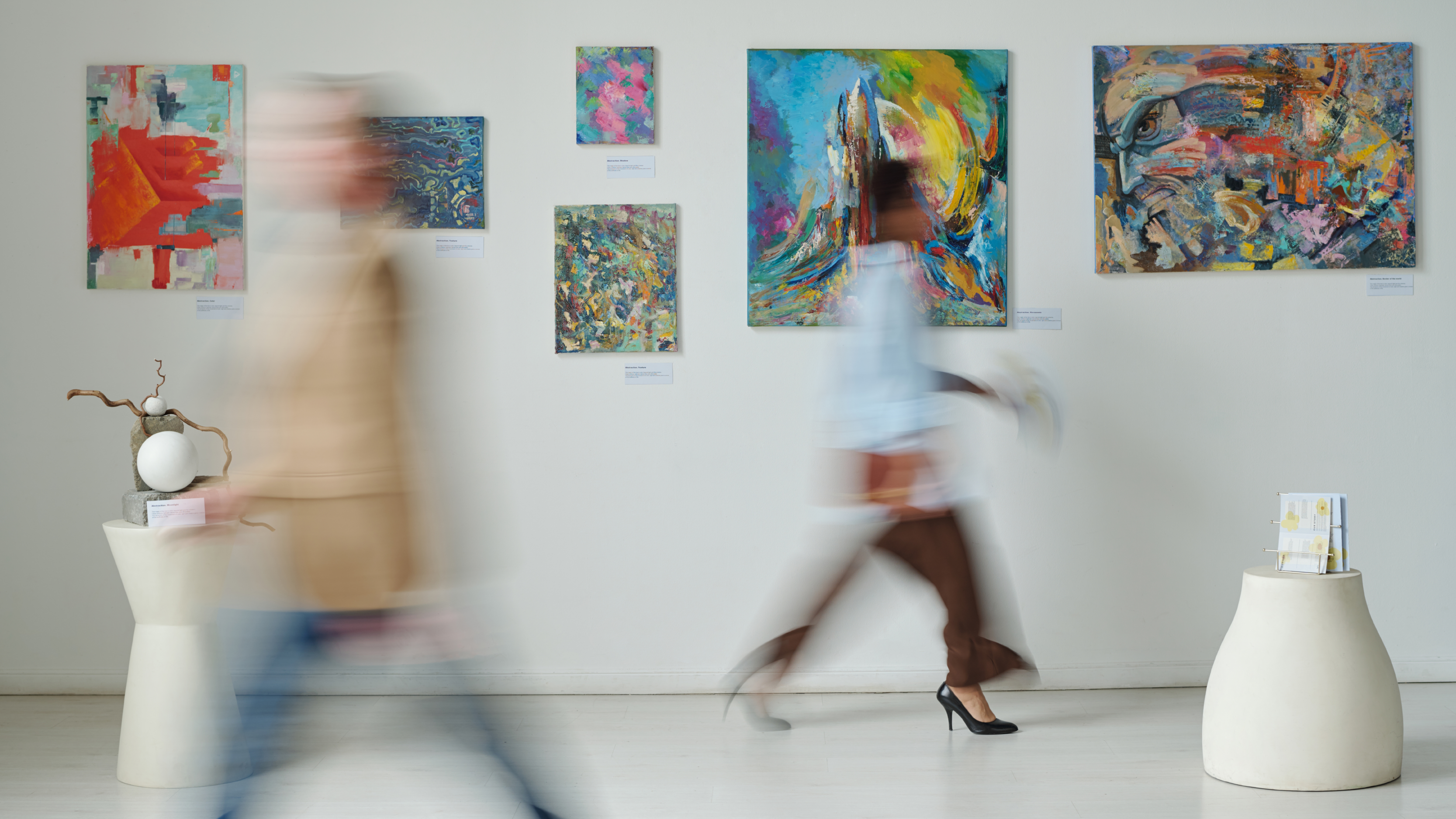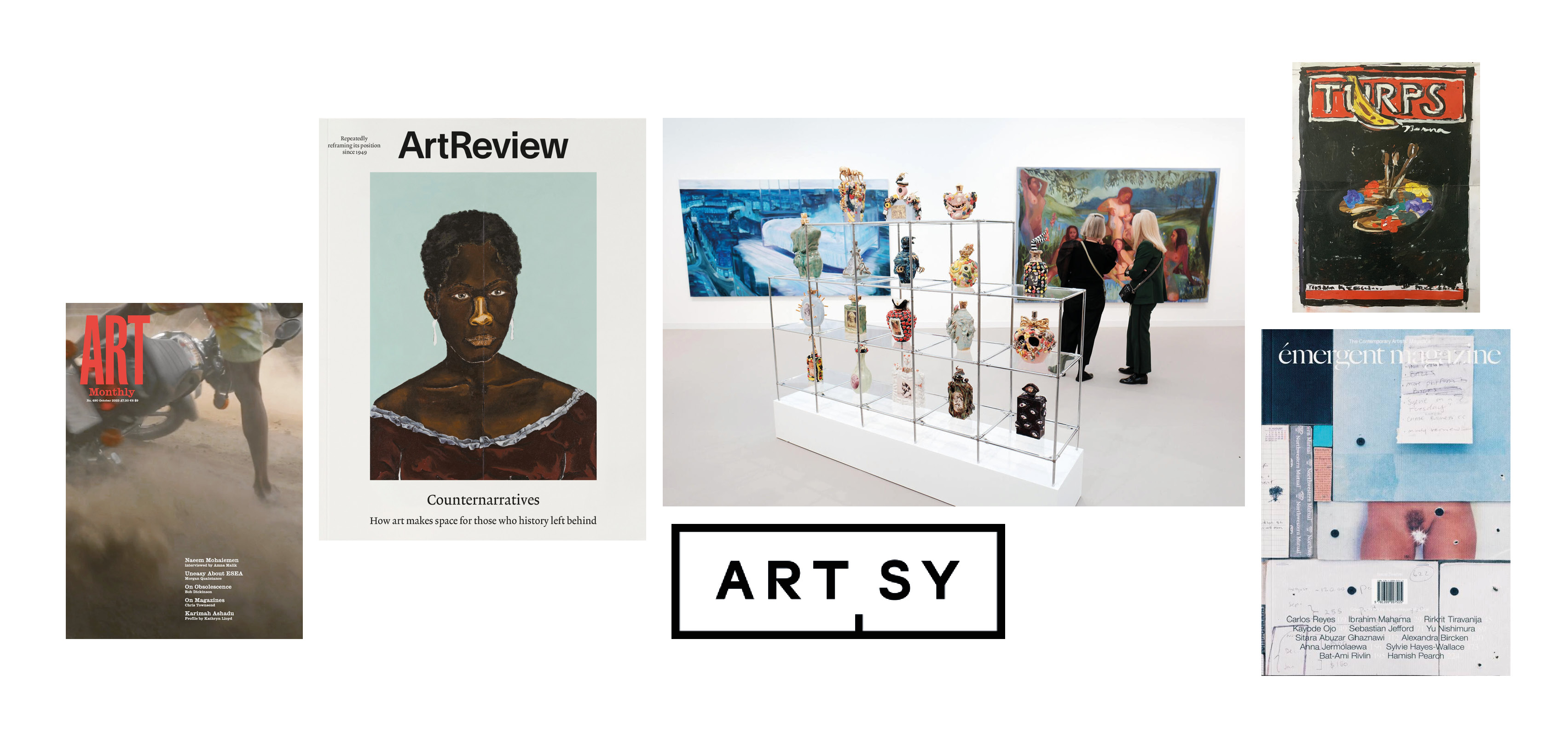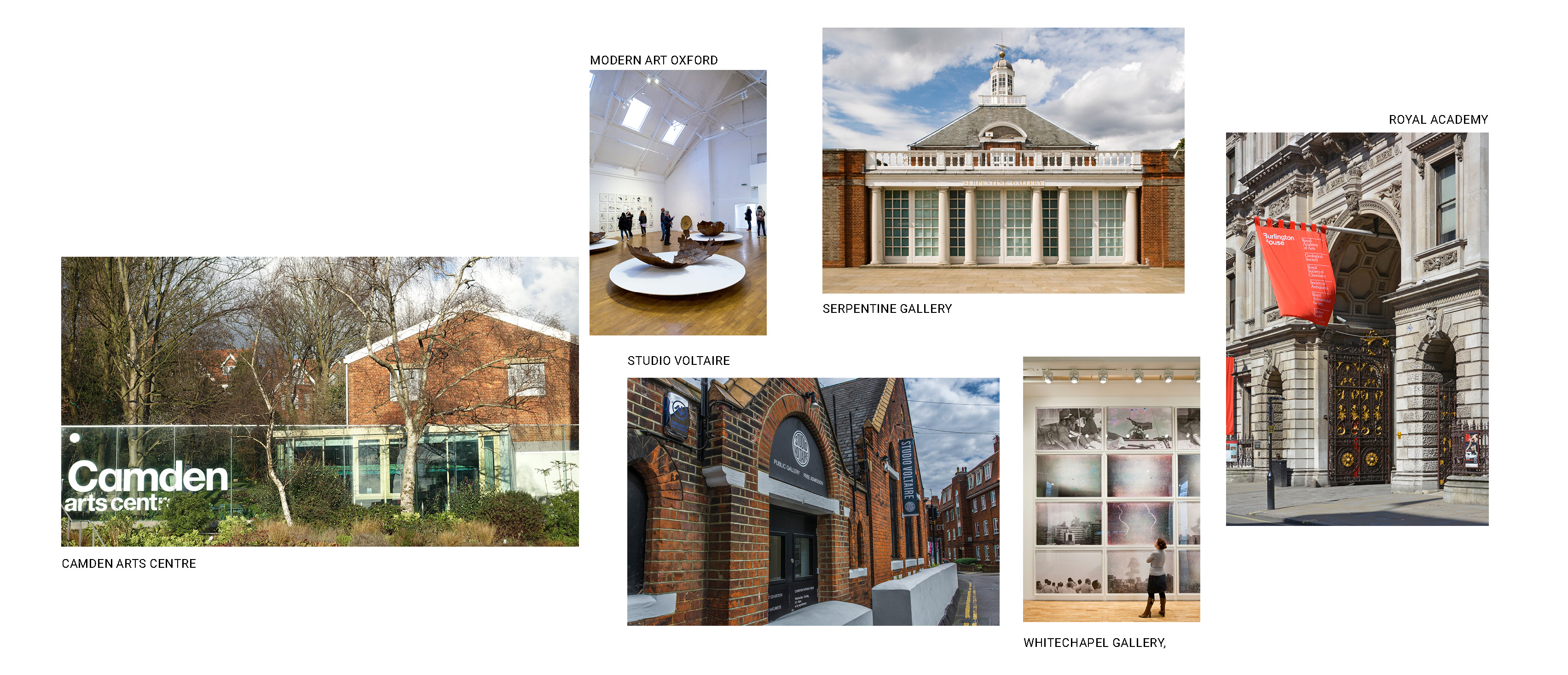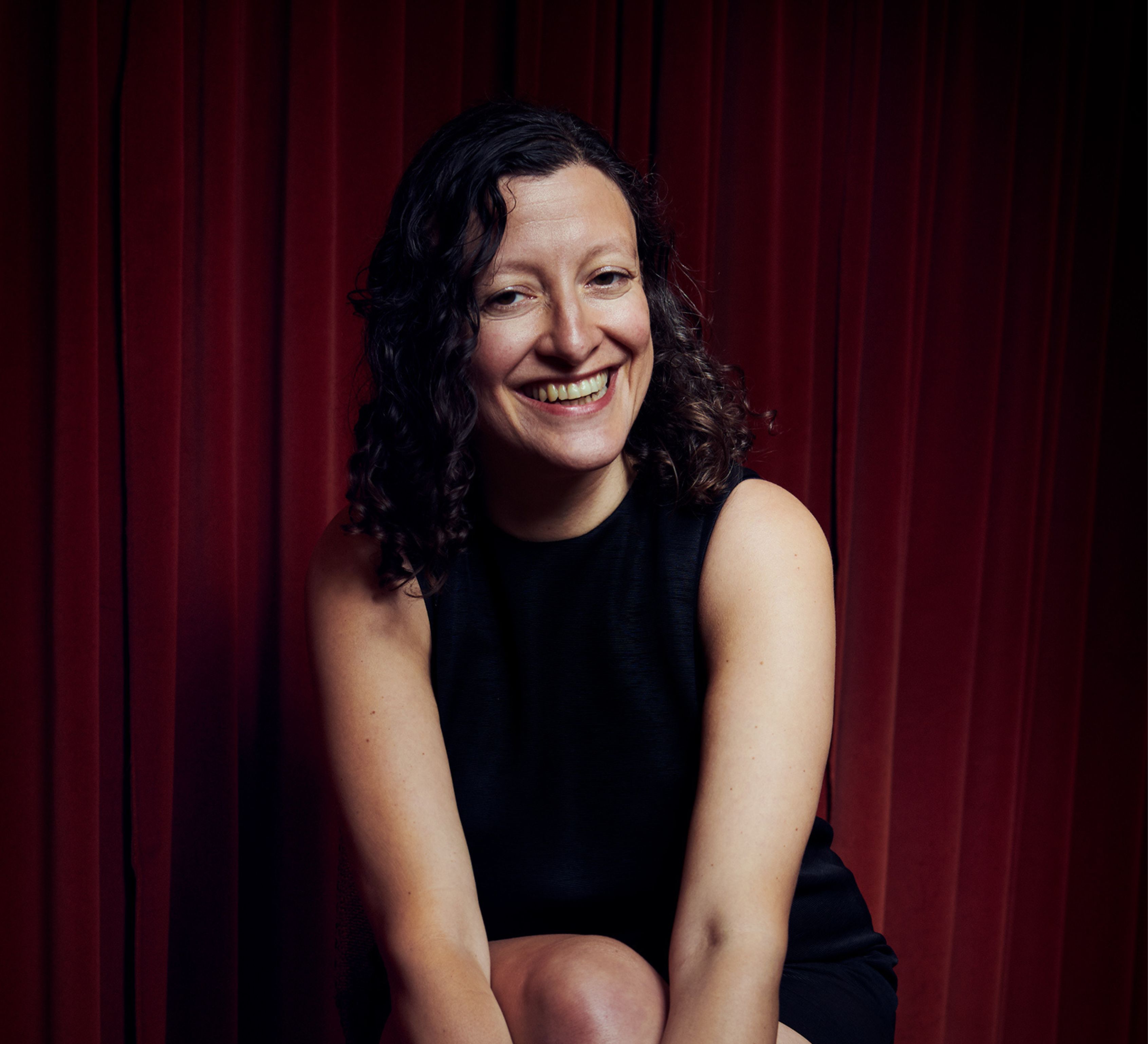How to Buy a Piece Of Art You’ll Love Forever
Want to build an art collection, but not sure where to start? We’ve asked the experts for the ultimate guide on what to invest in. Here’s what you need to know.


The contemporary art world can seem daunting to the uninitiated. Gallery assistants hide behind a desk, staring at screens. The media focuses on supersized price tags that seem light-years away from most people’s realities. However, the art world is shifting. Younger wannabe collectors want transparency, different kinds of aesthetics, inspiration and community. As gallerist Georgia Griffiths highlights, “Collections are incredibly personal and the focus should be on what is meaningful and interesting to you.” This is a great time to start collecting. The art world is also seeing the same economic factors hitting the luxury industry. Prices are getting lower and for the first time in a long time, it’s a buyer’s market. If you want to dive in, here is how.
Educate Yourself
Contemporary art, like any other cultural scene, is something you learn by getting into it. Go look at art as much as you can. That means visiting galleries and checking out contemporary exhibitions at institutions. If you’re in the UK or London, you can sign up for newsletters like Seb's Art List or The Shock of the Now or download free apps like gowithYAMO or visit the New Exhibitions website to see what is on. There are tons of curators and galleries out there posting contemporary exhibitions. Most artists have Instagram accounts, too. Read art books and on and offline magazines like Artsy, Artnet, Art Newspaper, Frieze, Cura, Art Review, Mousse, Emergent, Turps – the list goes on. Before you think about buying things, you want to be engaged and excited with what is happening out there.

Talk to People
When you go into a gallery, don’t be afraid to make conversation. That is what they are there for. Be friendly. Ask to see the press release and list of works. Don’t be afraid to have a little chat about the work, too – especially when the spaces are less crowded. “Approach with curiosity and confidence!” co-director of London gallery Niru Ratnam, Georgia Griffiths, says. “We love it when visitors ask questions about the work, the artist’s background, or the process, as it shows real engagement and interest in the artist. Don’t worry about “saying the right thing”. Instead, focus on sharing what draws you to the work. If the gallery staff are busy, just let them know you are interested in talking about the work and they will speak to you as soon as they can.
Collections are incredibly personal and the focus should be on what is meaningful and interesting to you.
Georgia Griffiths
Buy Something
Art editions are arguably one of the best places to take a first step into purchasing art. Many artists produce print pieces at a large edition number for a lower price point – and often you can buy things like you would in any shop. This means screenprints, digital prints, engravings and anything that can be made more than once. Many art institutions, museums and galleries produce fundraising prints in collaboration with incredible artists. Check out the wares at the Royal Academy, ICA, Modern Art Oxford, Whitechapel Gallery, Camden Arts Centre, Serpentine Gallery and Studio Voltaire. There are also many edition companies specialising in major names – Counter Editions, Manifold Editions, Edition Copenhagen are some examples. If vintage is more your vibe, it’s hard to beat Edinburgh’s Modern Prints. You can also reach out to more emerging artists directly via their socials or websites and ask what works they have available. Many are happy to develop relationships directly with serious buyers. If you want something more special and cannot afford a painting, a drawing, a mono print, or a photographic edition is a step up. It all depends on an artist’s own practice.

What to buy
Trends in art shift as often as a hemline. The go to line of “buy what you love” is always the way to go. Even better if this is informed by the education to start. Painting is undoubtedly the medium you will see the most at art fairs in recent years – as financial pressure has meant galleries are playing it safer. Aesthetic content that is connected to the zeitgeist is always shifting. “In general, we see a lot of interest in emerging artists with strong institutional momentum,” Griffiths explains. “Having that institutional endorsement gives clients a lot of confidence in those artists’ future careers. There’s also a growing interest in artists who might have been previously overlooked.” Make sure you keep all correspondence and artist authenticity certificates.
How to secure a purchase
You’re in a fair or a gallery and you want to take the leap. That doesn’t mean the work is that easy to get. Sometimes there are waiting lists. Sometimes a gallery wants to make sure someone buying is serious. Fairs, in particular, are high energy spaces. “Galleries have long term clients who might want the same work you'd like to acquire. If they can't offer you what you want when you want it, drop your ego and stay in touch with a director or owner,” art advisor Arianna Nourse points out. Nourse is the founder of Life Imitates, a creative consulting company that works with clients to tell their life stories through collecting and arts patronage, including film production. “Let them see you're a rational person with genuine curiosity - you're getting to know someone with a cool job working with artists you love.” Building a relationship with a gallery takes time – be patient and you might get offered something down the line. More than anything, treat people with respect. “Pay your invoices immediately. You will stand out as reliable and considerate,” Nourse notes. That also applies to payment plans – something many galleries are open to discussing.
Galleries have long term clients who might want the same work you'd like to acquire. If they can't offer you what you want when you want it, drop your ego and stay in touch with a director or owner
Arianna Nourse
How to grow a collection
Once you’ve started with a purchase or two, experiment with growing your collection. “Don't be cheap with yourself. Set aside money and time not just for a transaction but for the experience of learning about you,” Nourse points out. “I do a fairly intense, continual onboarding with my clients… I even like to know my collectors' childhood memories and recent dreams, so I can dig out a seemingly random reference within a work and curate the piece into the wider collecting story guiding us.” Everyone connects to different things – in the same we all have different stories. You want to love and be inspired by what you purchase. Collections are personal. It reflects you.
Forget about Investment
We’ve all read about crazy price explosions at auctions and surprise finds in thrift shops. These headline grabbing gems are not the norm – especially in 2025 when there has been huge volatility in the economic sector and prices are dropping. If you’re lucky enough to buy something from an artist whose work grows in value over time, great. If you don’t, who cares. In both cases, you have supported the career, expression and thinking of someone creative who wanted to make something special and have a conversation with the world. Art isn’t a gold bar with a guaranteed price tag or growth. It is something far more valuable.

Writer and curator Francesca Gavin is Editor-in-Chief of EPOCH (@epoch.review), has a monthly show on art and music @nts.live called Rough Version, and is the author of ten books on contemporary art and culture. She has curated exhibitions at Palais de Tokyo (Paris), Fundação de Serralves (Porto) and Somerset House (London) and writes about visual art for publications including Financial Times HTSI, Beauty Papers, Twin and Frieze. @roughversion